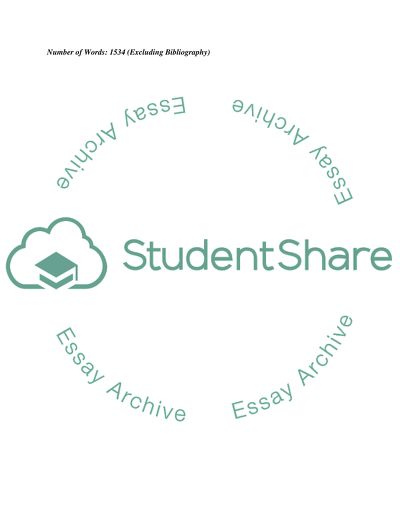Cite this document
(The Use of Accounting Information Systems in the Evaluation of Environ Article - 1, n.d.)
The Use of Accounting Information Systems in the Evaluation of Environ Article - 1. https://studentshare.org/finance-accounting/1742329-accounting-information-system
The Use of Accounting Information Systems in the Evaluation of Environ Article - 1. https://studentshare.org/finance-accounting/1742329-accounting-information-system
(The Use of Accounting Information Systems in the Evaluation of Environ Article - 1)
The Use of Accounting Information Systems in the Evaluation of Environ Article - 1. https://studentshare.org/finance-accounting/1742329-accounting-information-system.
The Use of Accounting Information Systems in the Evaluation of Environ Article - 1. https://studentshare.org/finance-accounting/1742329-accounting-information-system.
“The Use of Accounting Information Systems in the Evaluation of Environ Article - 1”. https://studentshare.org/finance-accounting/1742329-accounting-information-system.


